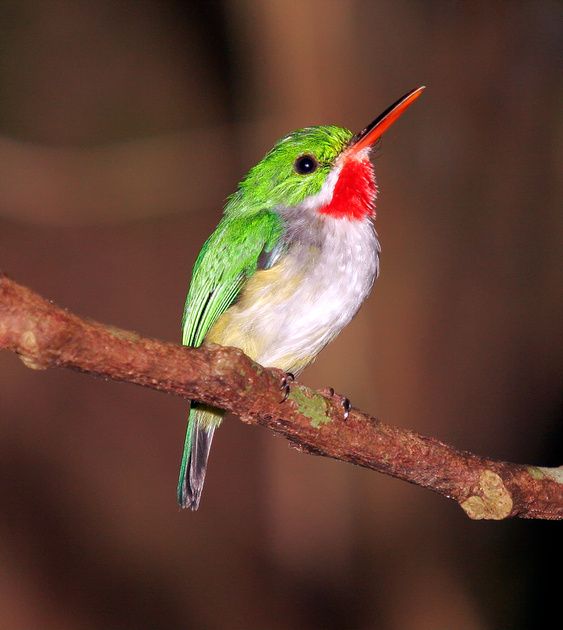The red-winged blackbird (Agelaius phoeniceus) is a passerine bird of the family Icteridae found in most of North America and much of Central America. Red-winged blackbird habitat includes a variety of wetlands including marshes (freshwater and brackish) and swamps. They are also known to inhabit uplands like hayfields, croplands, meadows and oil fields and sometimes wooded areas along waterways and open patches in woodlands. They feed on many insects, especially in summer, including beetles, caterpillars, grasshoppers, and others; also spiders, millipedes, and snails. Majority of an adult’s annual diet (roughly three-fourths) is seeds, including those of grasses, weeds, and waste grain. Also they eat some berries and small fruits. The male Red-winged Blackbird’s conk-la-ree! is a classic sound of wetlands across the continent. The 1-second song starts with an abrupt note that turns into a musical trill. Males often sing from a high perch while leaning forward, drooping their wings, spreading their tail feathers, and fluffing their bright shoulder patches to show them off. Females give a very different song in response to a singing male, a series of three to five short chit or check notes. The typical call of a Red-winged Blackbird is a distinctive, matter-of-fact check that’s fairly easy to recognize. Males and females make these calls all year round, in flight and while feeding, when confronting rivals and to raise an alarm. They also give a more intense alarm call, a fast, scolding chak chak chak. Here is a link so you can listen to this bird too.


You did!!! 😊😊😊